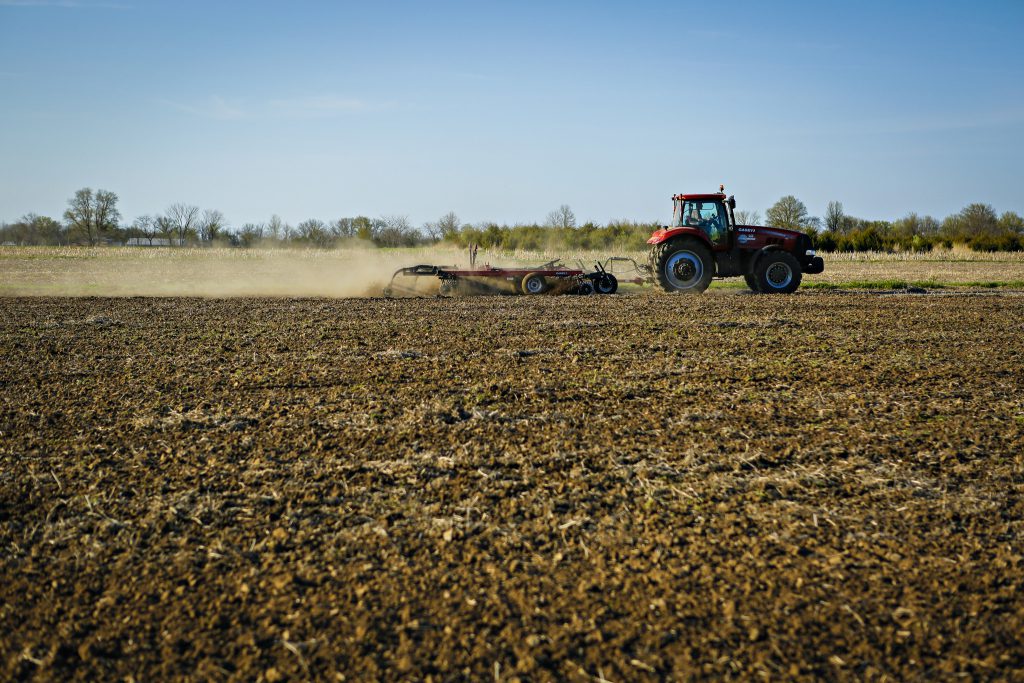How does a farmer decide what to plant?

Grain farmers have a lot of decisions to make when it comes time to plant. The first big one seems simple, but it isn’t: not only do growers have to decide what crop to plant, but they also have to choose from a long list of varieties and hybrids.
The grain crops that farmers have to mostly choose from are corn, soybeans, wheat, oats, barley, rye and canola. To help make their decision farmers look at what the market prices are doing for each crop. A question they might ask is: “Is it profitable to plant corn this year, or would I do better planting soybeans?”
Farmers also look at seed costs, fertilizer costs, herbicide costs, planting costs and harvesting costs and apply these to a seed balance sheet. Their cropping rotation is also important to take into account, as it is not recommended to plant the same crop year after year as there can be issues of similar diseases, nutrient deficiencies and pests.
Once the farmer decides which crop to plant, it’s time to look at the various varieties and hybrids to choose from. Numerous companies supply seed for each crop so it is imperative to choose the best seed for the area it is being planted on, along with considering the soil type and other management practices. Farmers look at how well the crop resists disease and insect pressure along with how strong standing it is (in case there is a wind or rain storm or they have a late harvest).
It’s only after all these decisions are considered that it is time to plant the variety, watch it grow, and take notes for next year’s crop plans.
